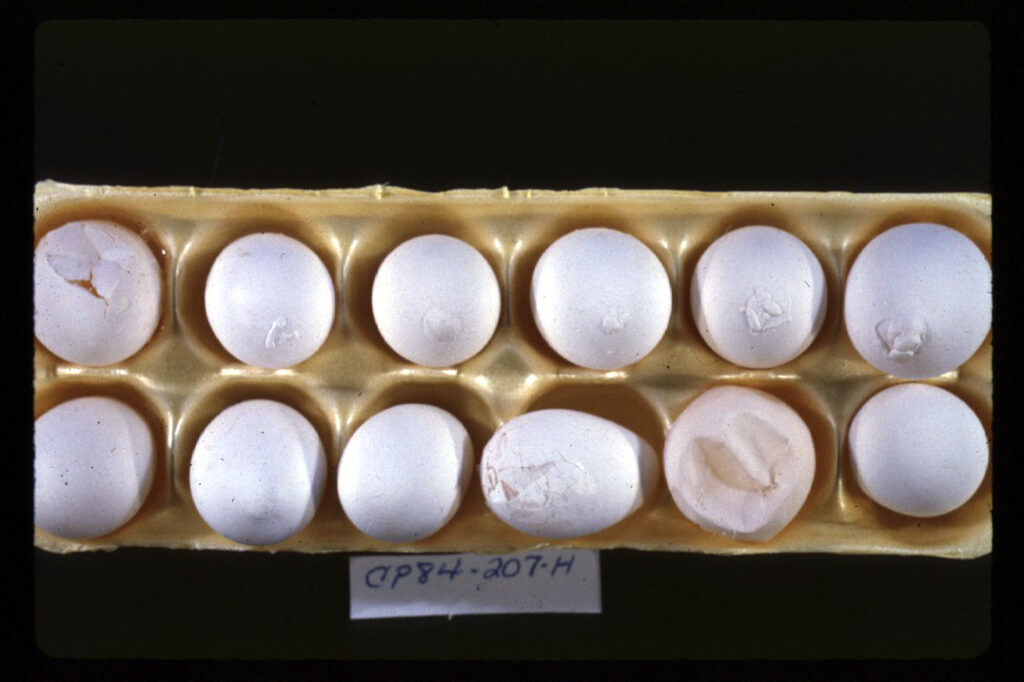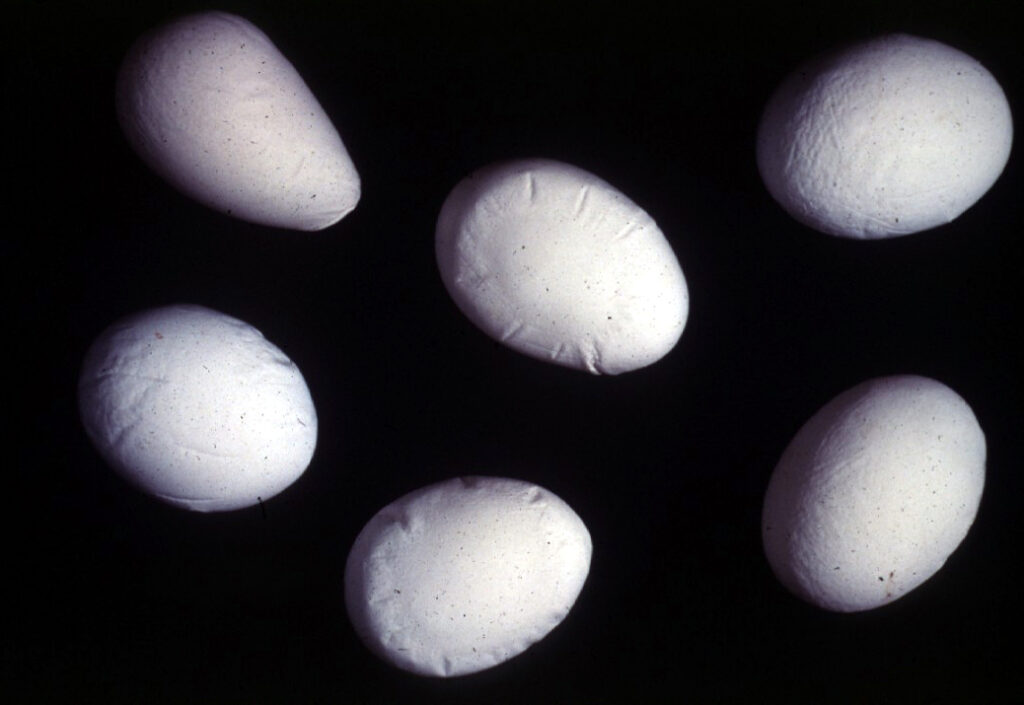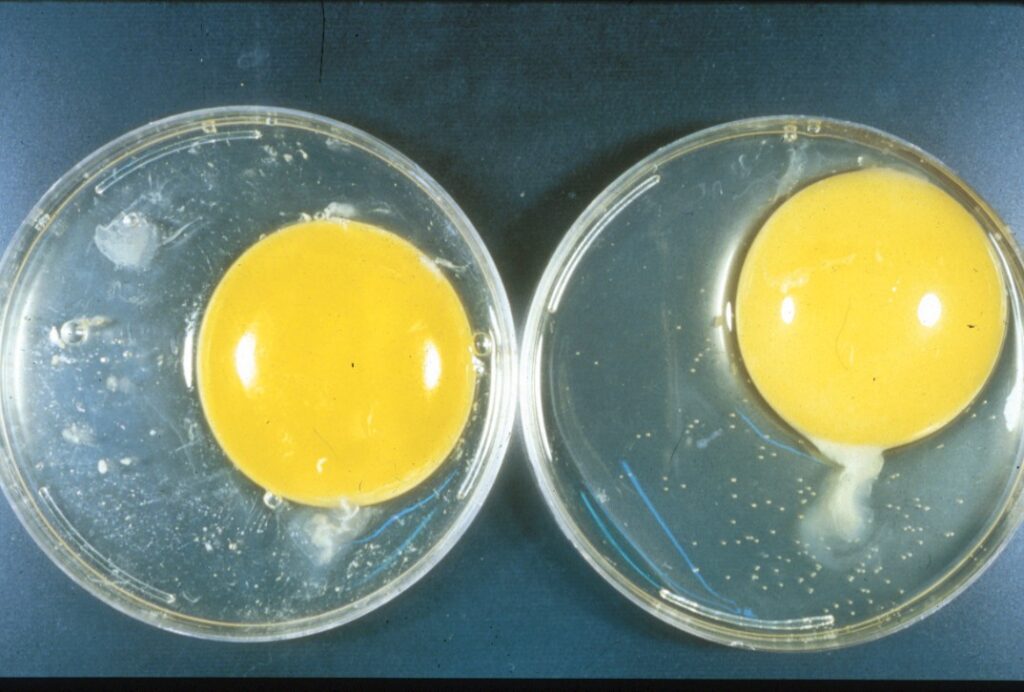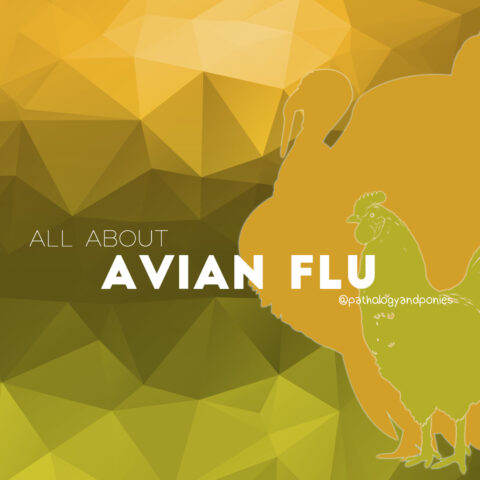Today’s path rounds are on 𝐢𝐧𝐟𝐞𝐜𝐭𝐢𝐨𝐮𝐬 𝐛𝐫𝐨𝐧𝐜𝐡𝐢𝐭𝐢𝐬!
𝐖𝐡𝐚𝐭 𝐢𝐬 𝐢𝐭?
𝐈𝐧𝐟𝐞𝐜𝐭𝐢𝐨𝐮𝐬 𝐛𝐫𝐨𝐧𝐜𝐡𝐢𝐭𝐢𝐬 is a viral infection caused by a 𝐜𝐨𝐫𝐨𝐧𝐚𝐯𝐢𝐫𝐮𝐬. Thankfully, this coronavirus is not known to affect humans!
𝐖𝐡𝐨 𝐠𝐞𝐭𝐬 𝐢𝐭?
We see this disease in chickens!
𝐖𝐡𝐚𝐭 𝐜𝐚𝐮𝐬𝐞𝐬 𝐢𝐭?
Infected poultry will shed the virus in their feces and nasal discharge, which contaminates the environment. This allows other chickens to inhale the virus, and set up an infection. Unfortunately, the virus can hang around in a chicken for several weeks, even after the chicken no longer has clinical signs. These chickens are considered 𝐜𝐚𝐫𝐫𝐢𝐞𝐫𝐬, and can easily spread the virus throughout the flock if quarantine measures aren’t taken.
𝐖𝐡𝐲 𝐢𝐬 𝐭𝐡𝐢𝐬 𝐚 𝐩𝐫𝐨𝐛𝐥𝐞𝐦?
As the name 𝐛𝐫𝐨𝐧𝐜𝐡𝐢𝐭𝐢𝐬 suggests, this disease primarily causes inflammation of the 𝐛𝐫𝐨𝐧𝐜𝐡𝐢, which are the large airways within the lungs. This leads to difficulty breathing, nasal discharge and sneezing in affected birds. In some birds, the virus can also affect kidney function. One of the most interesting consequences of this infection is 𝐰𝐫𝐢𝐧𝐤𝐥𝐞𝐝 𝐞𝐠𝐠𝐬 with 𝐰𝐚𝐭𝐞𝐫𝐲 𝐞𝐠𝐠 𝐰𝐡𝐢𝐭𝐞𝐬. This occurs due to infection of the ovaries, causing them to produce abnormal 𝐨𝐯𝐚𝐫𝐢𝐚𝐧 𝐟𝐨𝐥𝐥𝐢𝐜𝐥𝐞𝐬 (the part that ultimately becomes an egg!) .
𝐇𝐨𝐰 𝐢𝐬 𝐢𝐭 𝐝𝐢𝐚𝐠𝐧𝐨𝐬𝐞𝐝?
Diagnosis typically involves 𝐏𝐂𝐑, which identifies the viral genetic code directly. Other options include 𝐬𝐞𝐫𝐨𝐥𝐨𝐠𝐲, which tests the blood of affected chickens to see if they have antibodies against the virus.
𝐇𝐨𝐰 𝐢𝐬 𝐢𝐭 𝐭𝐫𝐞𝐚𝐭𝐞𝐝? 𝐇𝐨𝐰 𝐢𝐬 𝐢𝐭 𝐩𝐫𝐞𝐯𝐞𝐧𝐭𝐞𝐝?
There is little evidence supporting the use of antiviral medications in affected animals, but thankfully most birds will recover on their own. However, the highly infectious nature of this virus mean that prevention is key! Most producers use a vaccine against the virus as part of their routine health programs, combined with routine biosecurity measures.





𝐏𝐡𝐨𝐭𝐨𝐬
1-3) Wrinkled eggs from infectious bronchitis.
4) A normal egg white (right) compared to the “watery whites” from infectious bronchitis on the left.
5) A very sad chicken kidney! The tubules of the kidney are prominent and white due to accumulation of 𝐮𝐫𝐚𝐭𝐞𝐬, the main waste product filtered by chicken kidneys.
𝐒𝐨𝐮𝐫𝐜𝐞𝐬
Pattison M, McMullin P, Bradbury J, Alexander D. Poultry Diseases, Sixth Edition. 2007.
Photos 1-5 © Noah’s Arkive contributors Nation, Page, Reece, Harrington licensed under CC BY-SA 4.0.




